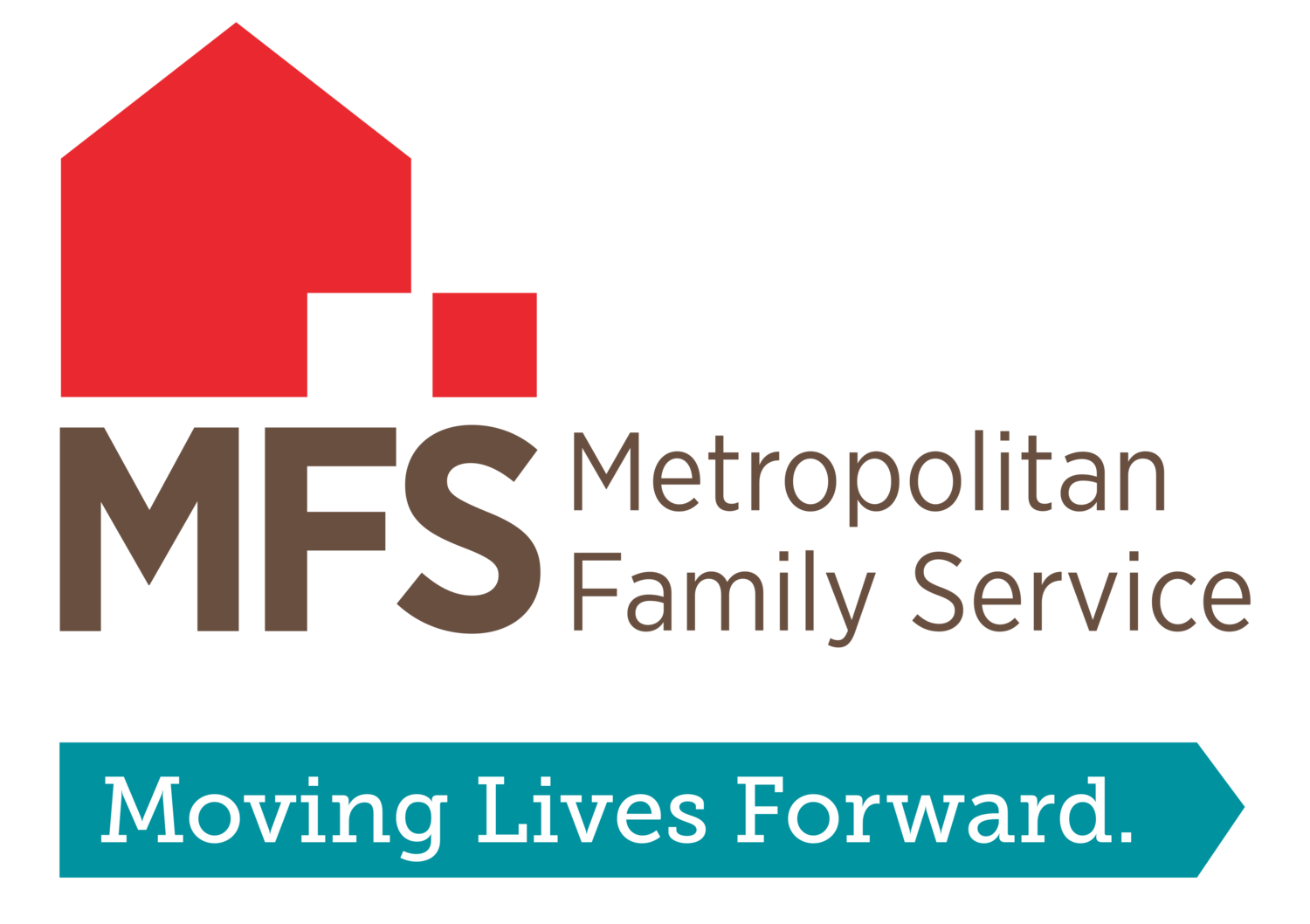Benefits of Playdough in Child Development
Here’s a snapshot from a Parent Child Interaction Group at Cherry Park’s Early Ready, Set, Go! program, showing how playdough activities can bring parents and children together in a fun, educational setting.
Playdough has long been a favorite activity at MFS Ready, Set, Go! early learning programs, captivating children with its endless possibilities for creativity and fun.
Beyond the joy it brings, making and playing with playdough offers numerous developmental benefits, making it a cornerstone of our early learning curriculum.
Here’s a simple recipe you can try:
Ingredients:
2 cups plain flour
1 cup salt
1 tablespoon cooking oil
½ cup to 1 cup water
Food coloring
Steps:
Combine flour and salt: In a large bowl, mix the plain flour and salt together.
Add wet ingredients: Gradually add water, food coloring, and cooking oil to the mixture.
Mix well: Stir until all ingredients are thoroughly combined.
Knead the dough: Transfer the mixture to a clean surface and knead well until you achieve the desired consistency.
Enjoy: Your playdough is ready for playtime!
How Playdough Supports Learning
Making and playing with playdough isn't just fun—it also offers a range of developmental benefits for children:
1. Cognitive Development
Creating playdough helps children enhance their cognitive skills. They follow step-by-step instructions and learn to adjust the materials to achieve the right consistency. This process fosters problem-solving and critical thinking abilities.
2. Social Emotional Development
Playdough activities can be both collaborative and solitary, offering various social and emotional benefits:
Collaboration: When children make and play with playdough together or with a caregiver, they learn to share, take turns, and cooperate, enhancing their social skills.
Calmness: Playing with playdough can be a soothing activity, helping children to relax and reduce their energy levels, which is beneficial for emotional regulation.
3. Early Math Concepts
The process of measuring ingredients introduces early math concepts to children. By separating the dough into pieces, they gain a practical understanding of quantities and numbers, learning concepts such as few, many, and counting.
4. Motor Development
Manipulating playdough strengthens fine motor skills. Actions like squeezing, pinching, and pulling the dough help improve hand-eye coordination and dexterity, which are crucial for tasks such as writing and buttoning clothes.
5. Language Development
Playing with playdough encourages language growth. Children can expand their vocabulary with descriptive words like squishy, firm, round, and long. Engaging in conversations about the playdough activities, such as asking questions like “What will happen if...?” or “How long can you stretch the playdough?” enhances both their language and executive function skills.
Thank you to Diana Contreras, Early Learning Program Manager of MFS Ready, Set, Go!, for this playdough recipe & writeup!
Learn more about MFS Ready, Set, Go! here.

